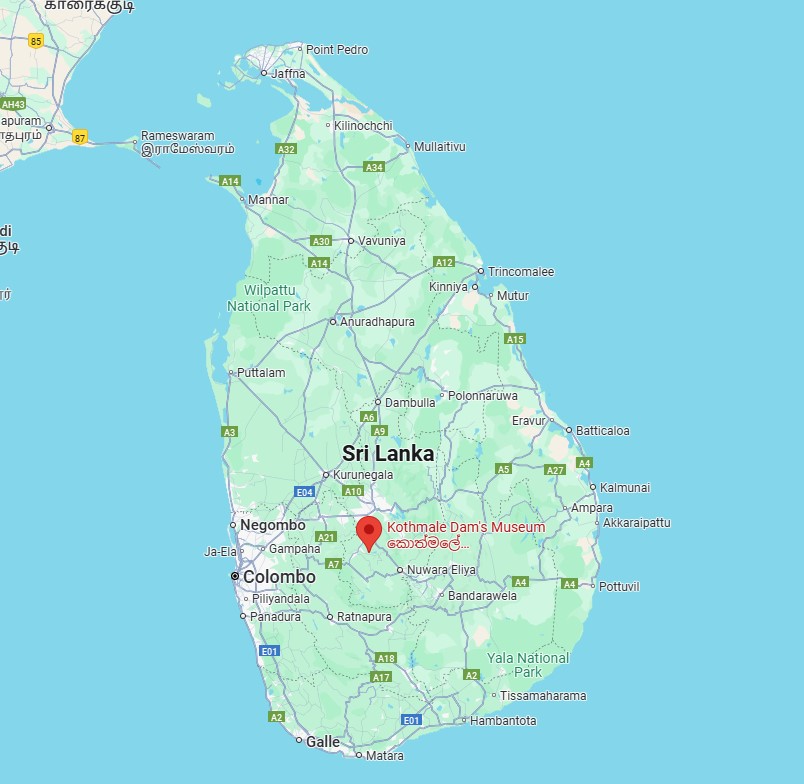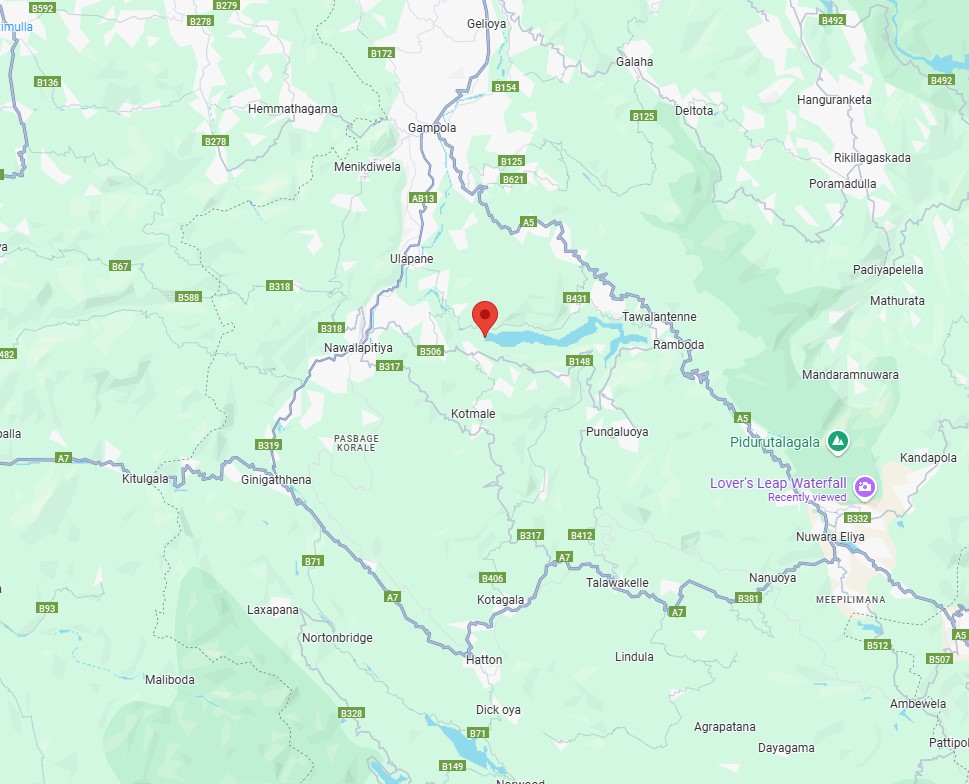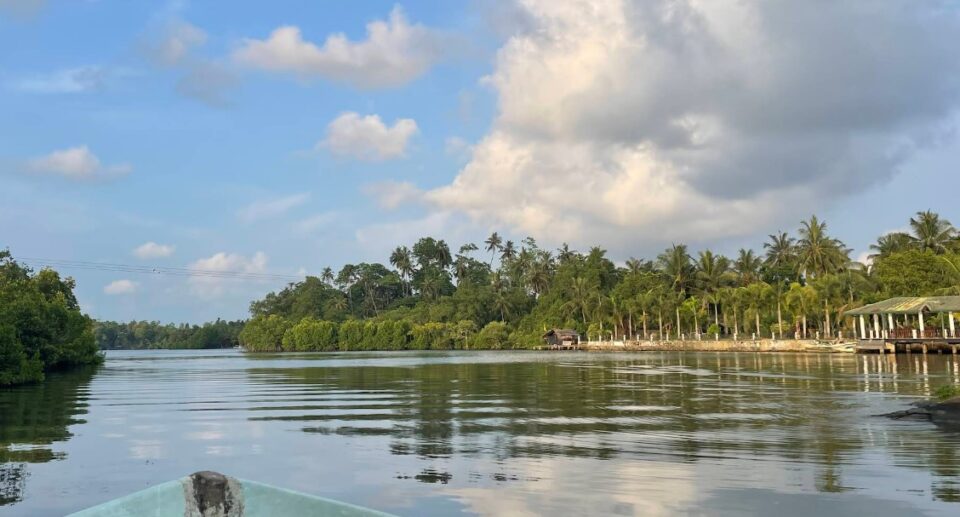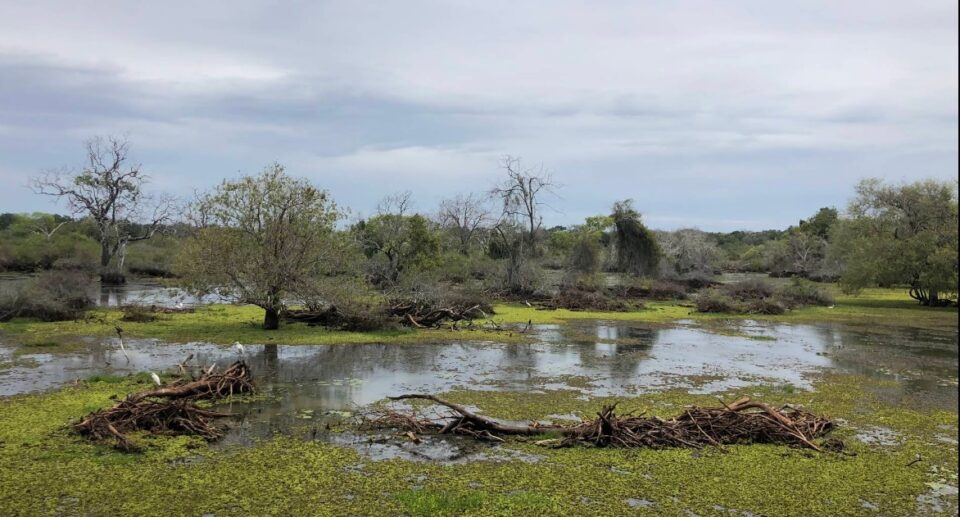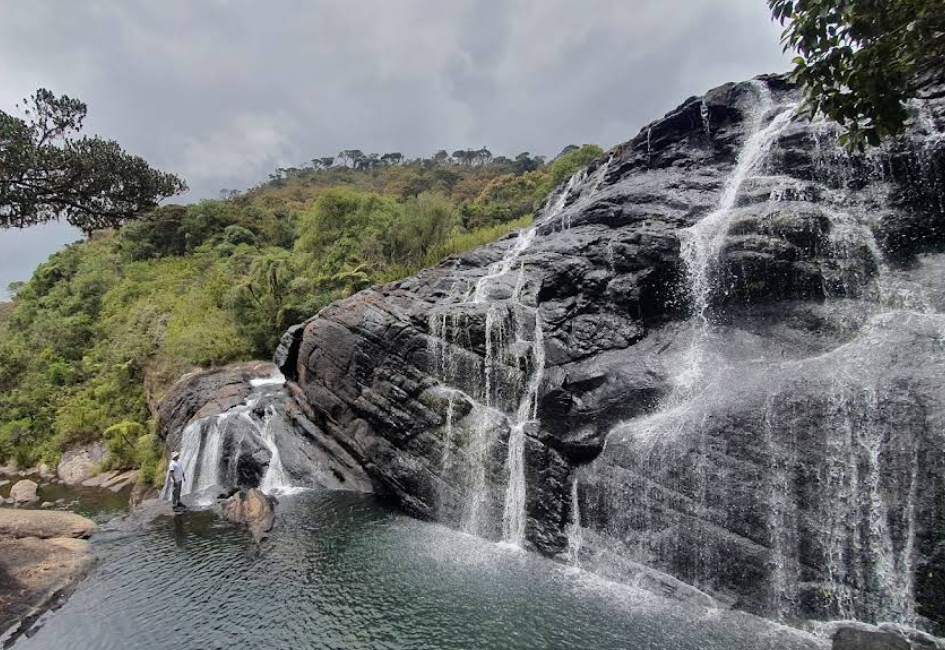Kotmale Dam: Symbol of Water Sustainable Development in Sri Lanka
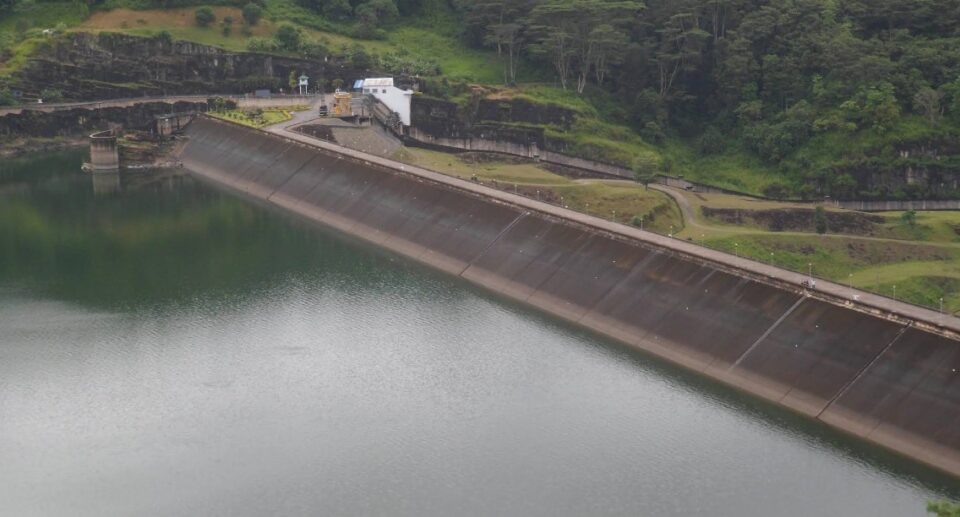
The Kotmale Dam in the central highlands of Sri Lanka is a remarkable feat of engineering and a reflection of the country’s dedication to renewable energy and sustainable water management. Constructed on the Kotmale Oya, which is one of the main tributaries of the Mahaweli River, the dam is a component of the Mahaweli Development Project the largest multipurpose development project ever initiated in Sri Lanka. The project was not only envisioned to meet the growing electricity demands of the country but also to promote agricultural development, manage water resources, and avert the danger of floods. Since its completion in 1985, the Kotmale Dam has had significant economic, environmental, and social impacts, making it a vital infrastructure facility in the country.
Geographical and Structural Details
Kotmale Dam is located near the town of Kotmale in the Nuwara Eliya District of the Central Province of Sri Lanka. Kotmale Oya originates from the Horton Plains and flows through the central highlands and drains into the Mahaweli River. The dam was constructed in a strategically chosen location to make complete use of the terrain for water storage and hydroelectricity generation.
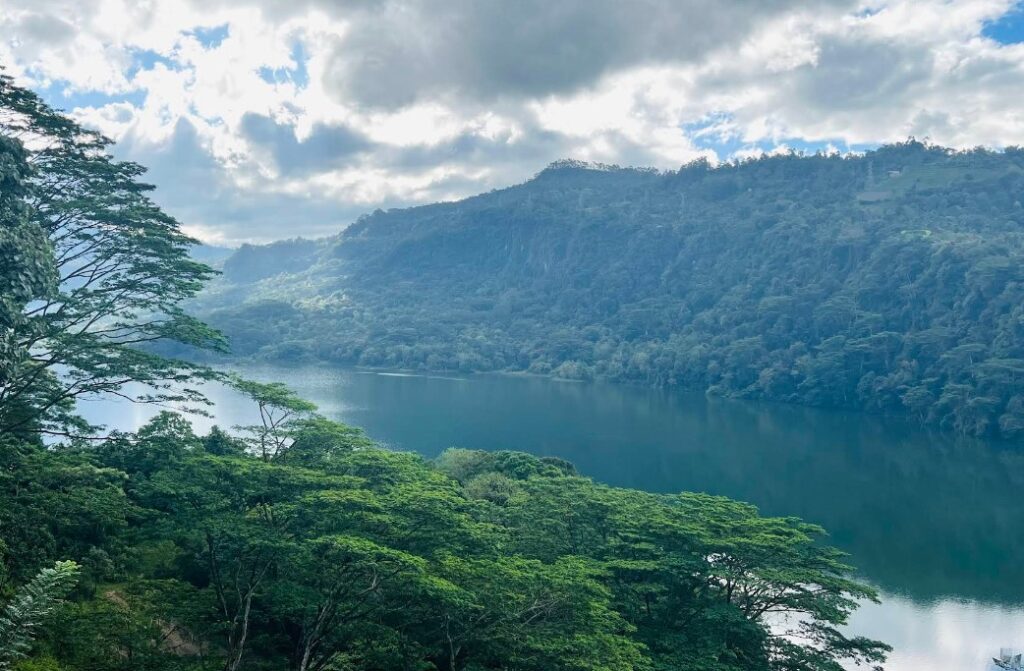
The dam is a rock-fill dam with a central clay core 87 meters in height and 600 meters in length. It creates the Kotmale Reservoir, which has a gross storage capacity of approximately 174 million cubic meters. The reservoir is fed by the Kotmale Oya and is the main water body for the Kotmale Hydropower Station. The power station has an installed capacity of 201 megawatts (MW) and comprises three turbine units.
Historical Background and Construction
The idea of harnessing the Mahaweli River system for power generation and irrigation is traceable to the 1960s. It wasn’t until the late 1970s, however, that the Mahaweli Development Programme, supported by international funding and technical assistance, was accelerated under the Accelerated Mahaweli Development Scheme.
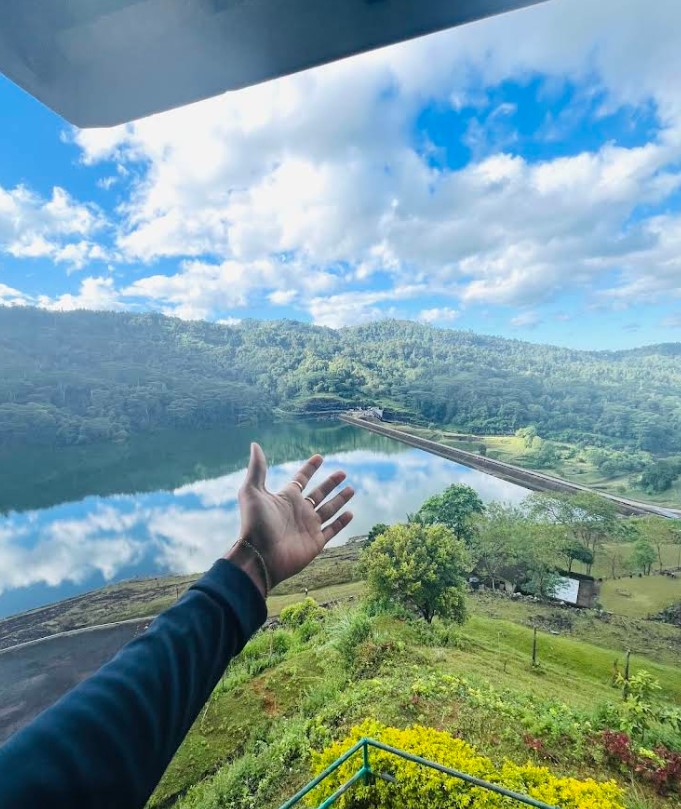
The Kotmale project was one of the earliest and biggest components of this program. It commenced construction in 1979 and was completed in 1985. There were numerous technical, as well as logistical issues, in the construction of this project due to the hilly landscape, monsoonal climate, and social issues like the resettlement of over 3,000 families. Despite these problems, the dam was completed successfully and began generating electricity in 1985.
Hydropower Generation
The Kotmale Hydropower Station makes a valuable input to the national grid. Its 201 MW capacity is a vital contribution to the country’s renewable energy source. It utilizes the water impounded in the reservoir, which is directed through a headrace tunnel 6.5 kilometers in length to an underground power station, where the falling water’s energy makes turbines connected to generators rotate.
The generated power is clean, renewable, and greenhouse gas emission-free, and thus Kotmale plays a major role in Sri Lanka’s energy sector strategy of restricting the usage of fossil fuels and mitigating the effects of climate change.
Irrigation and Water Resource Management
While the Kotmale Dam is most well-known for power generation, its role in irrigation and water resource management cannot be overstated. The dam and reservoir regulate water supply to downstream regions, especially during dry seasons, and offer a reliable water supply for agriculture.
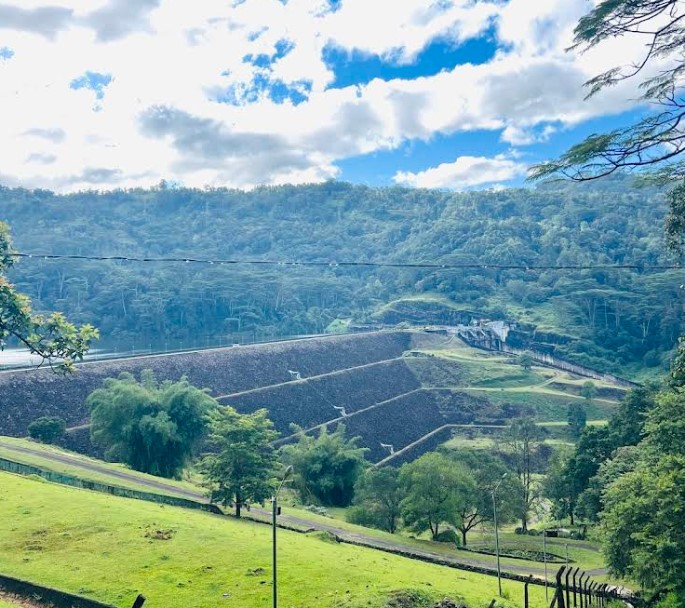
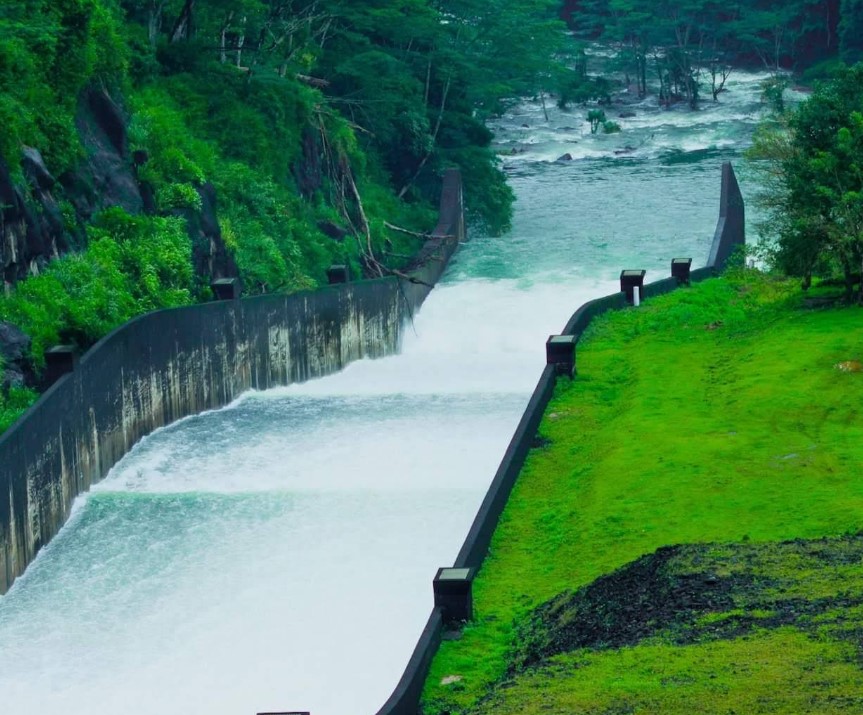
The Mahaweli Development Project, of which Kotmale is the most important part, aimed to supply water to over 365,000 hectares of land in Sri Lanka’s dry zone for irrigation. The water released from the Kotmale Reservoir is carefully regulated and directed through a network of canals and reservoirs to supply water to farming communities, enabling round-the-year cultivation and increased agricultural productivity.
Environmental Impact
Large dam projects tend to have environmental expenses, and the Kotmale Dam is no exception. The construction of the dam and the filling of the reservoir resulted in the flooding of a few square kilometers of forestland and agricultural lands. Biodiversity was affected, and certain local ecosystems were disrupted.
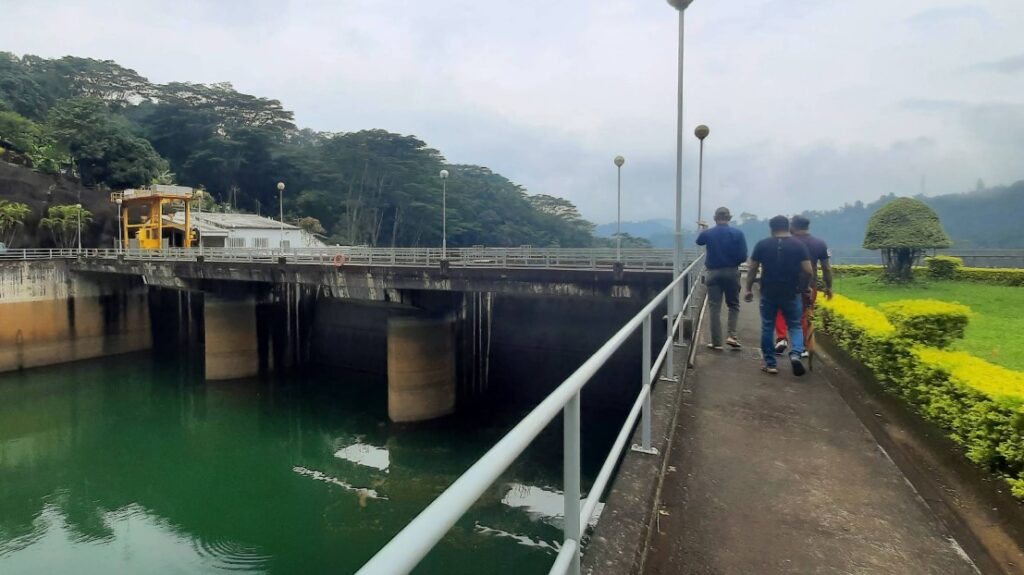
However, measures were undertaken to limit long-term environmental degradation. Reforestation and catchment management initiatives were started to provide ecological stability to the region. Further, by replacing fossil fuel-based sources of power, the dam contributes towards the reduction of air pollution and carbon emissions.
Social and Cultural Considerations
The building of the Kotmale Dam required the displacement of several villages, affecting more than 3,000 families. This was managed under a large resettlement and compensation scheme, although, as with so many such schemes, there was controversy regarding adequacy and execution.
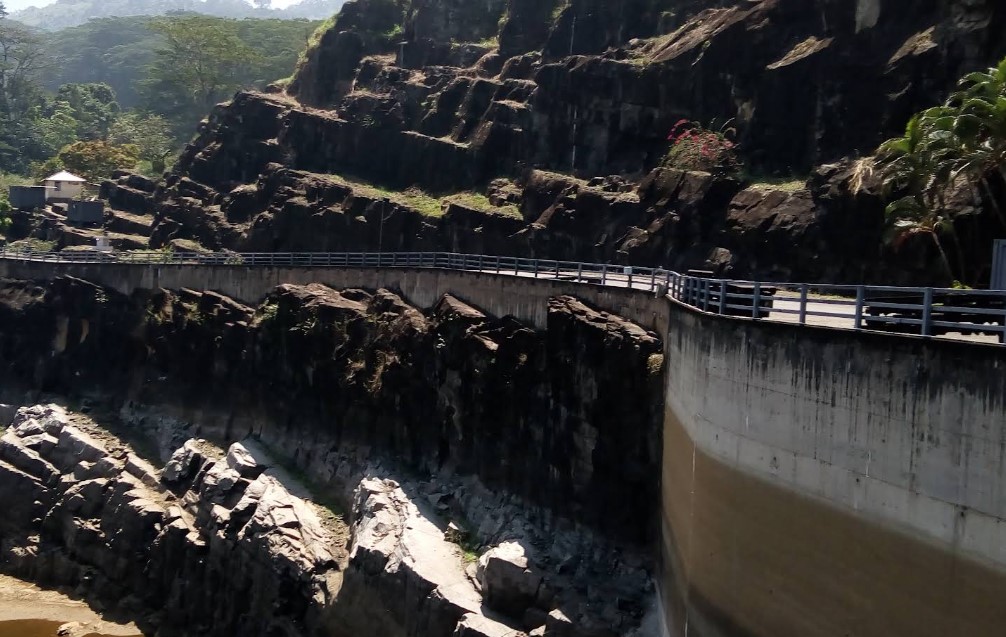
The most culturally significant effect of the Kotmale scheme was probably the flooding of several ancient temples and archaeological sites. To preserve this heritage, the government built a new temple, the Kotmale Mahaweli Maha Seya, a great stupa in commemoration of those temples and the people displaced by the project. The stupa, which is one of the tallest in Sri Lanka, serves as a symbol of spiritual and cultural continuity.
Challenges and Maintenance
Over the years, the Kotmale Dam has required periodic maintenance to ensure its structural strength and operational efficiency. Some of these problems are sedimentation in the reservoir, erosion in the catchment area, and wear and tear of the turbines. The Mahaweli Authority of Sri Lanka, in association with the Ceylon Electricity Board (CEB), monitors these issues using modern monitoring devices and maintenance techniques.
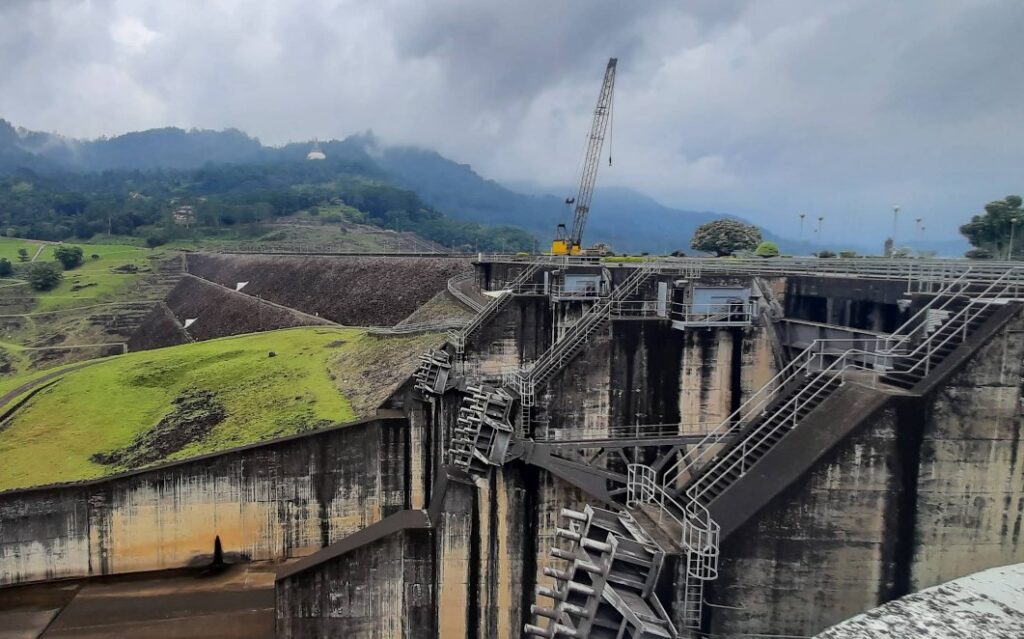
In the past several years, climate change has introduced additional uncertainties in water availability and precipitation, and adaptive strategies are necessary to manage the reservoir optimally and ensure stable power generation and irrigation benefit.
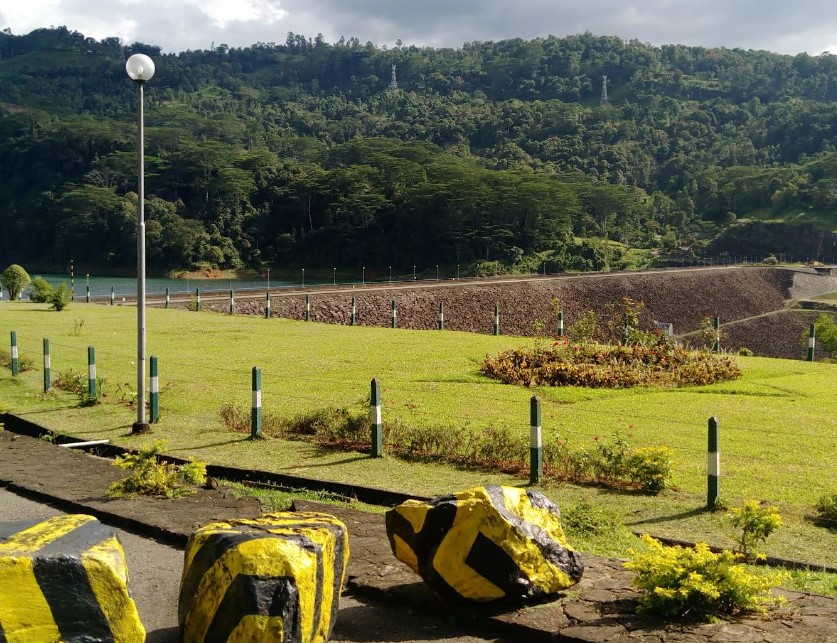
The Kotmale Dam is more than an engineering triumph; it is a tribute to Sri Lanka’s aspirations of development, energy independence, and environmental sustainability. As a foundation stone of the Mahaweli Development Program, it has played a leading role in transforming the economic face of the country, particularly in the agricultural and power sectors. Although there was an environmental and social cost to its construction, the dam stands today as a living testament to what could be achieved by harmonizing human development with nature’s coexistence.
To the future, continued investment in maintenance, technological advancement, and sustainable water management will be the key to allowing the Kotmale Dam to serve future generations. It stands as a best example of how sensitively planned infrastructure development, with environmental sensitivity and community support, can be an engine of national development.
Location
- Kotmale Dam is located near Talawakelle, in the Nuwara Eliya District, Central Province of Sri Lanka.
- The nearest major towns are Nuwara Eliya, Gampola, and Kandy.
By Car or Taxi (Private Transport)
- From Colombo (via Gampola or Nawalapitiya):
- Route: Colombo → Avissawella → Ginigathhena → Gampola → Kotmale
- Distance: 140 km
- Duration: 4.5 to 5.5 hours (depending on traffic and route)
- From Kandy:
- Route: Kandy → Gampola → Ulapane → Kotmale
- Distance: 45 km
- Duration: 1.5 to 2 hours
- From Nuwara Eliya:
- Route: Nuwara Eliya → Ramboda → Pundaluoya → Kotmale
- Distance: 35 km
- Duration: Around 1.5 hours
By Bus
- Buses run regularly from Kandy and Gampola to towns near Kotmale (like Morape or Kotmale Town).
- You may need to take a connecting tuk-tuk or walk the remaining distance to the dam area.
- Ask for buses going to Kotmale junction or Morape and then take local transport.
By Train
- Take the Main Line train to either Gampola, Nawalapitiya, or Talawakelle.
- From Colombo to Gampola: 3.5 hours
- From Colombo to Talawakelle: 5.5 hours
- From the train station, hire a taxi or tuk-tuk to Kotmale Dam (30–45 minutes).
Tips for Visiting:
- Best time to visit: Morning or early afternoon, especially in the dry season (January–April).
- Wear comfortable shoes if you plan to walk around the dam and viewing points.
- There is a viewing platform near the dam and also the Kotmale Mahaweli Maha Seya (a massive white stupa worth seeing).
- Bring water and snacks, as food stalls may be limited near the dam.
